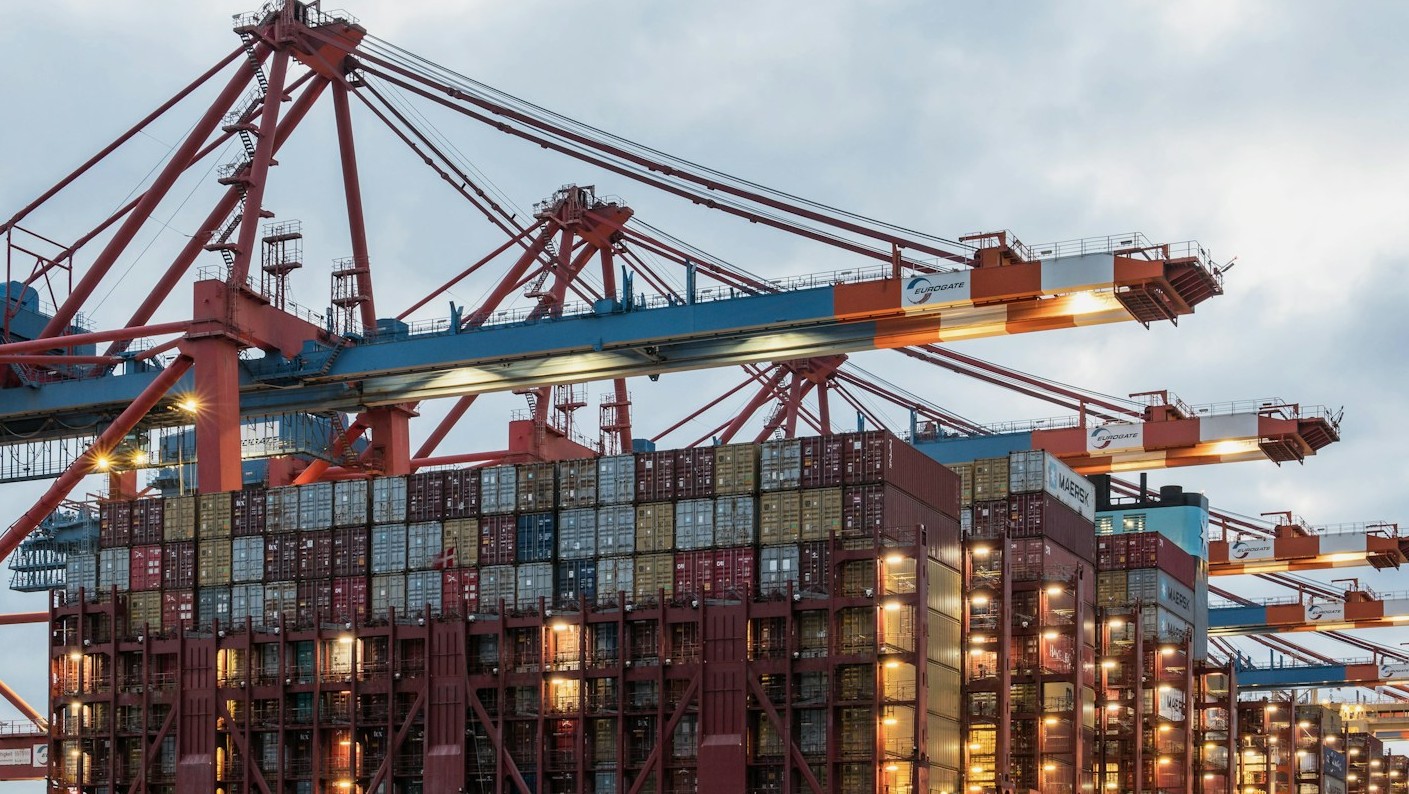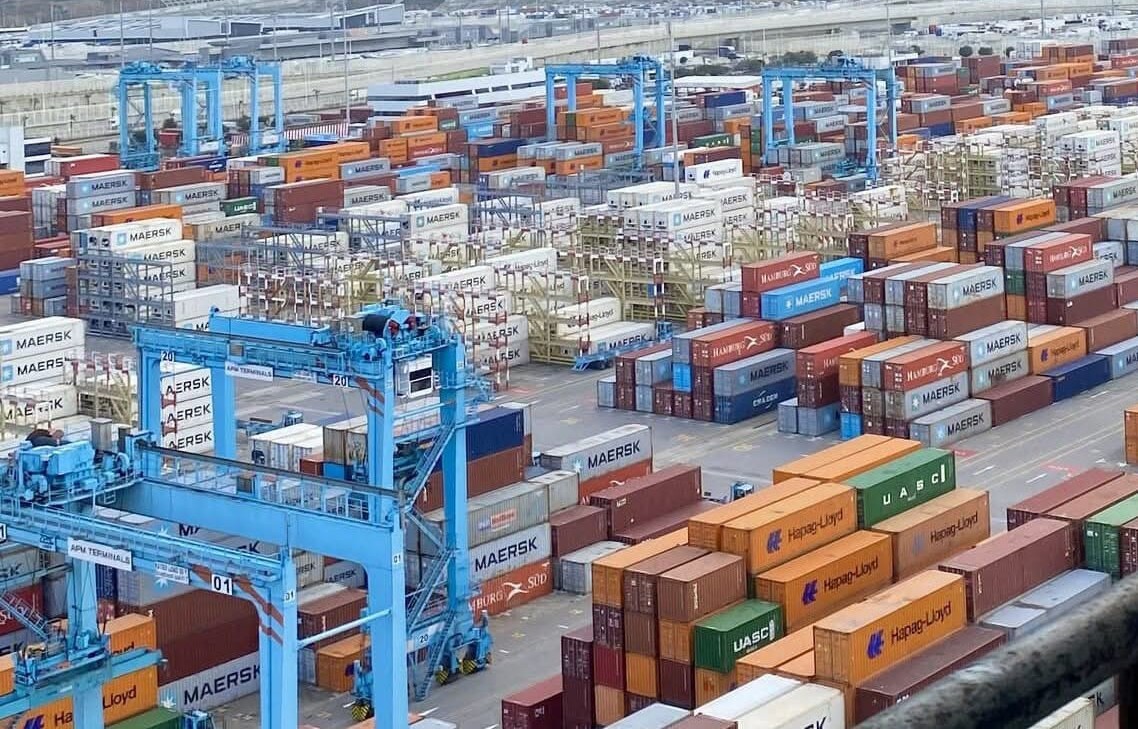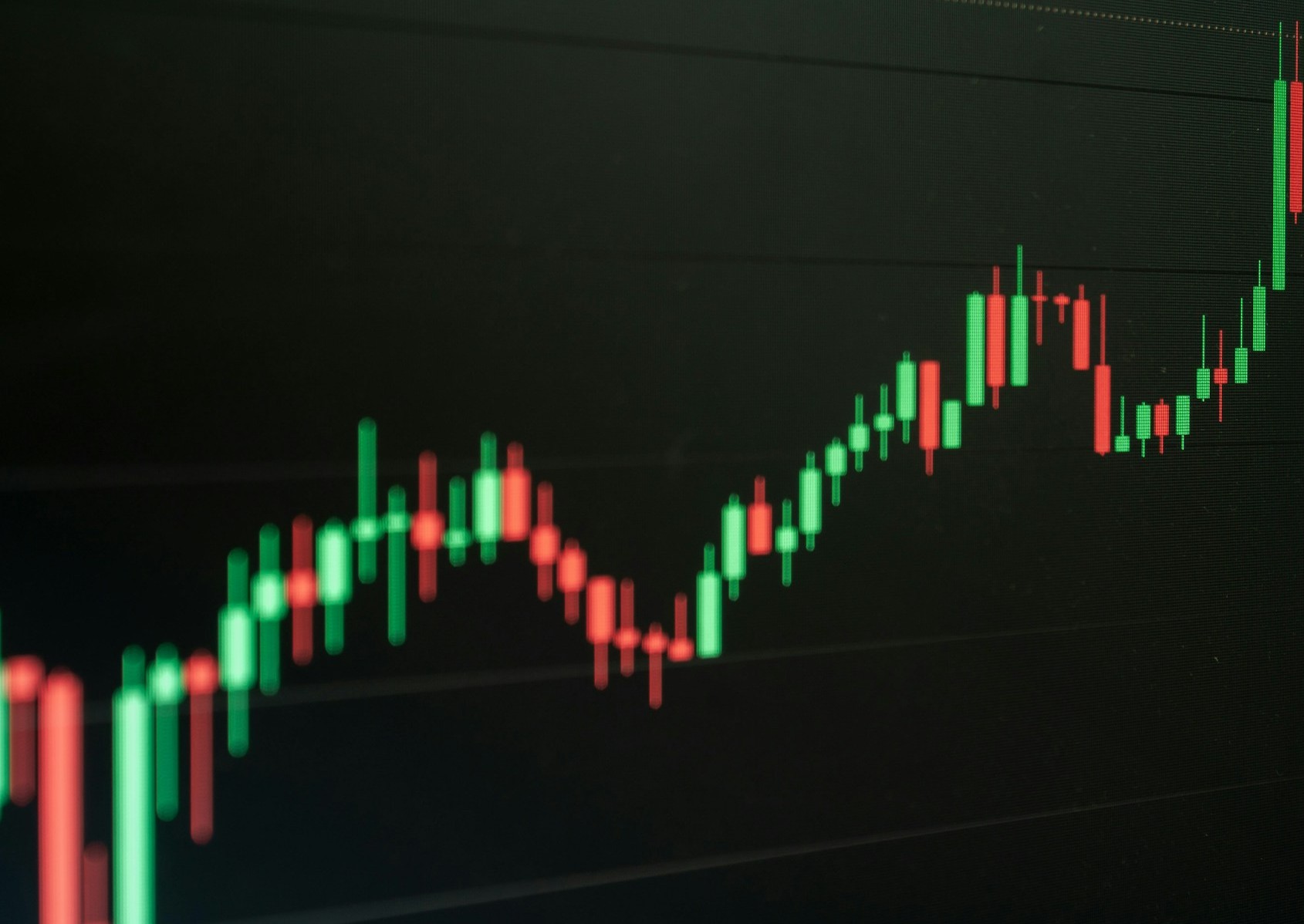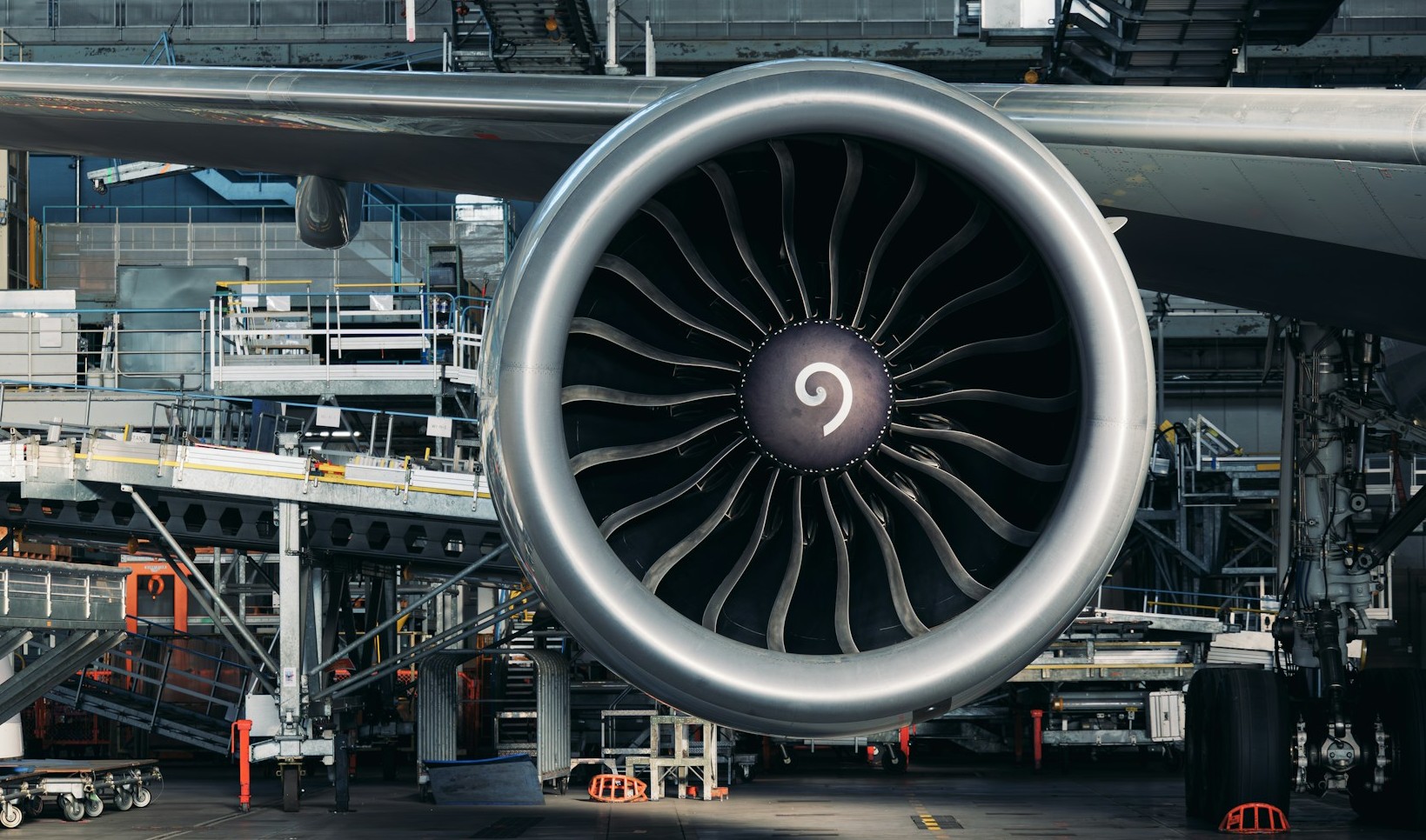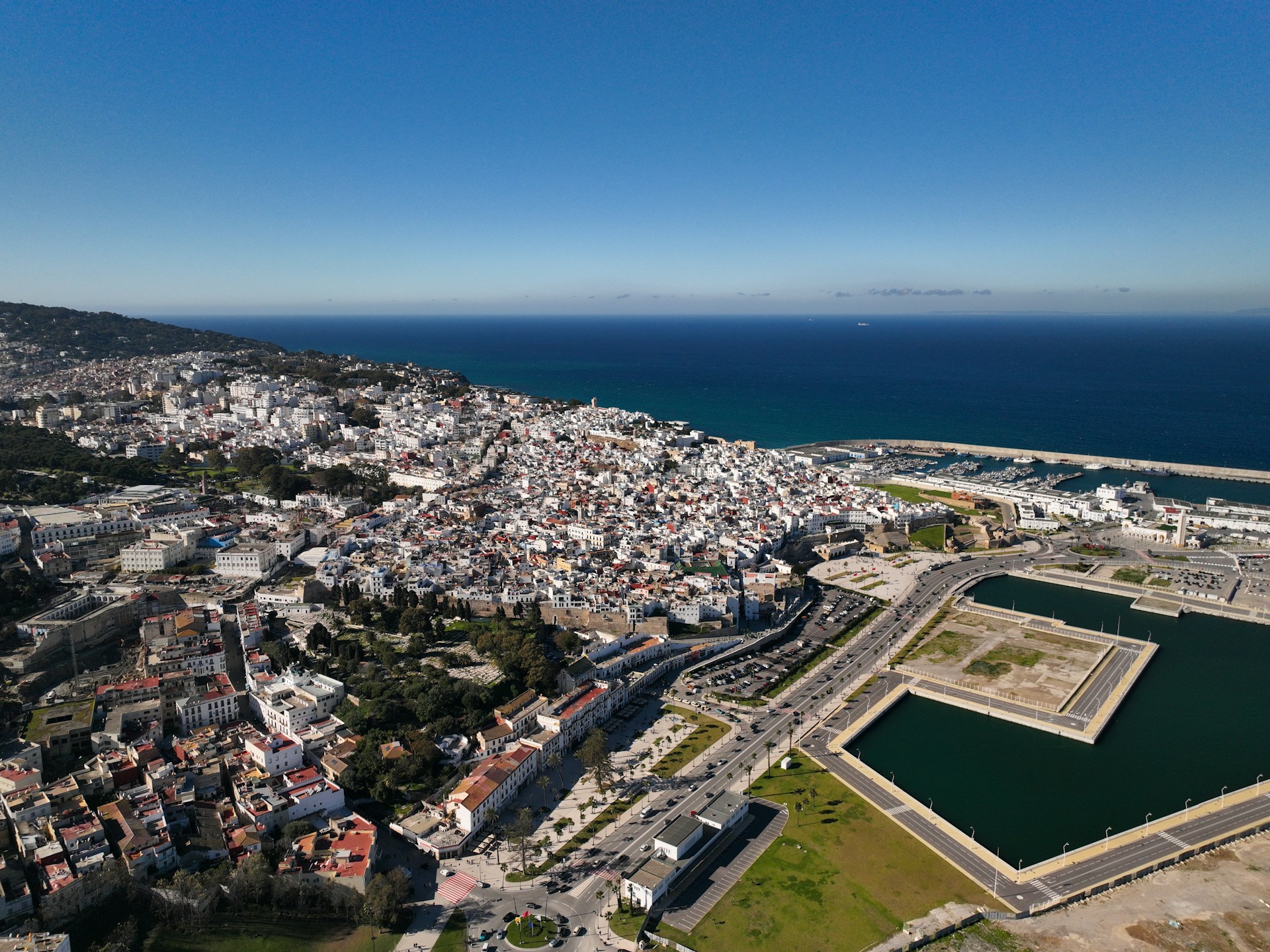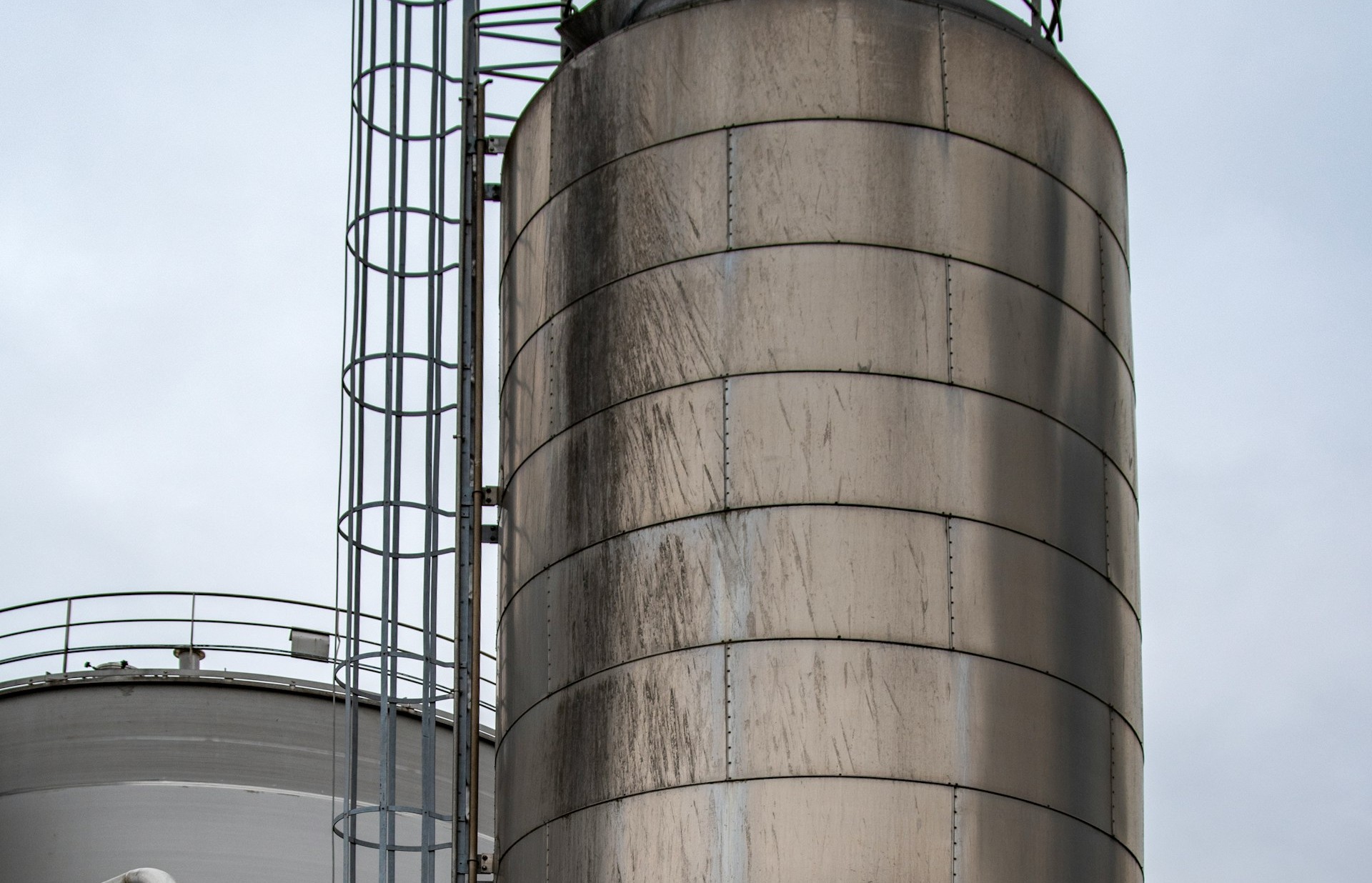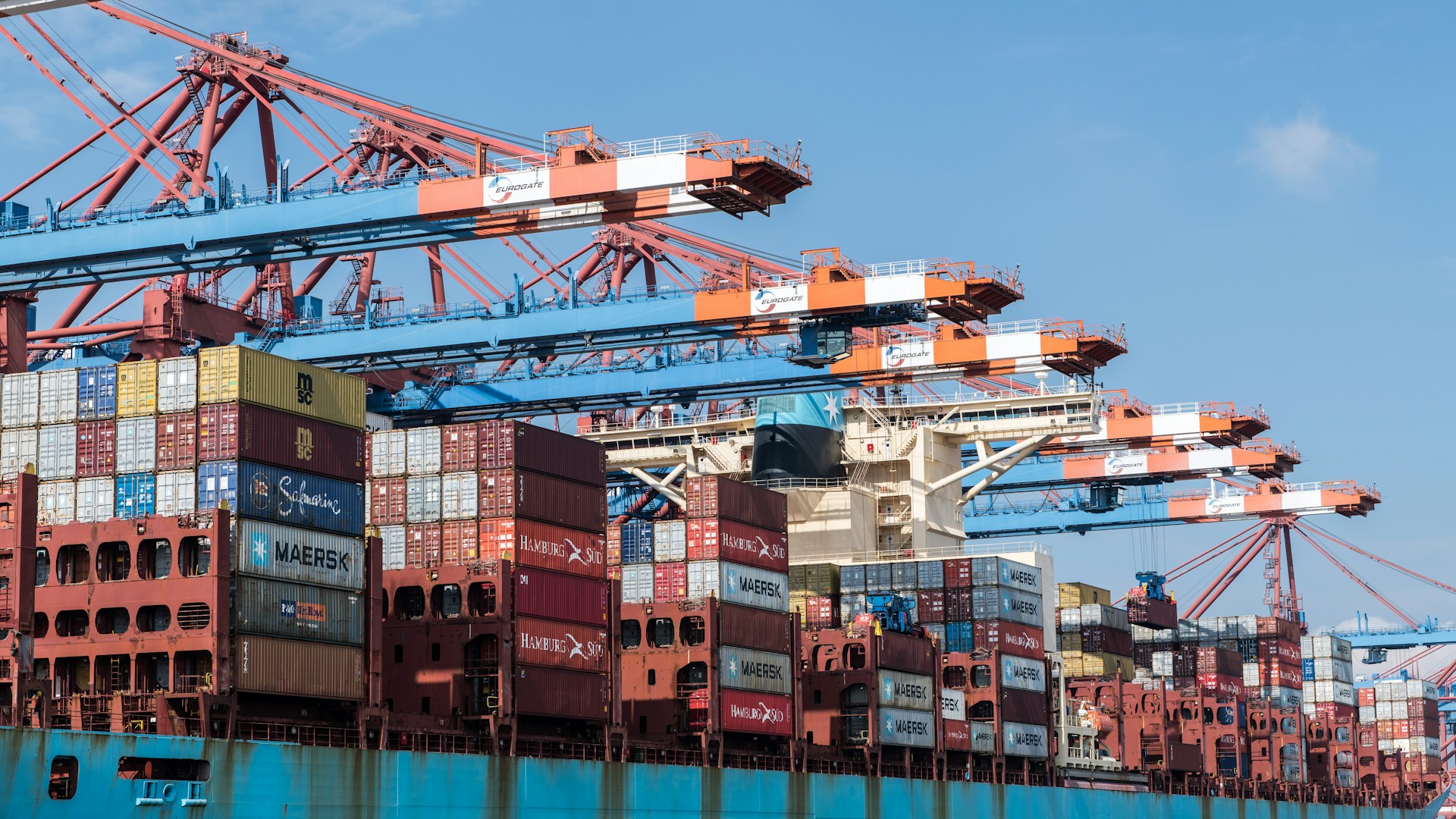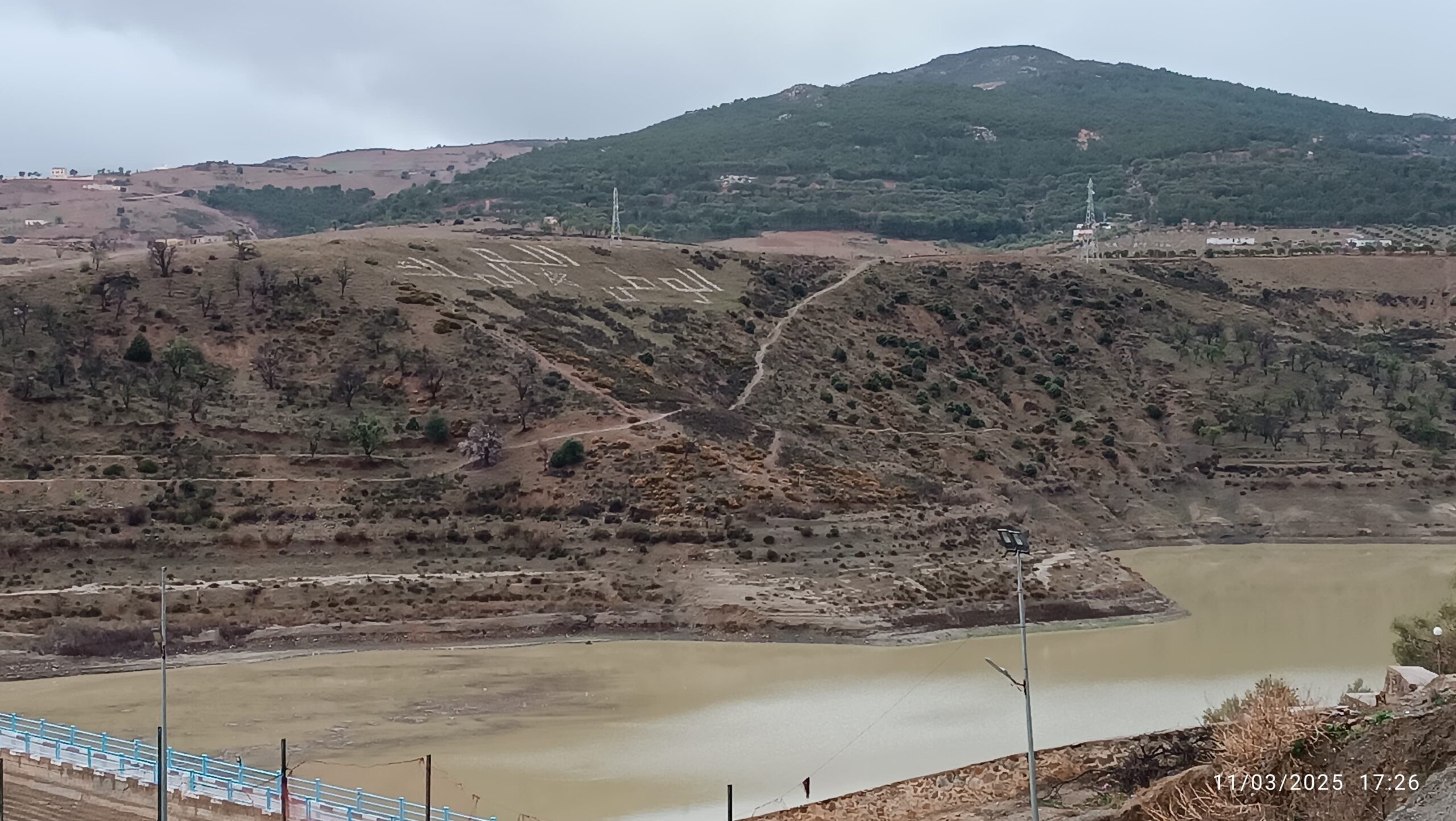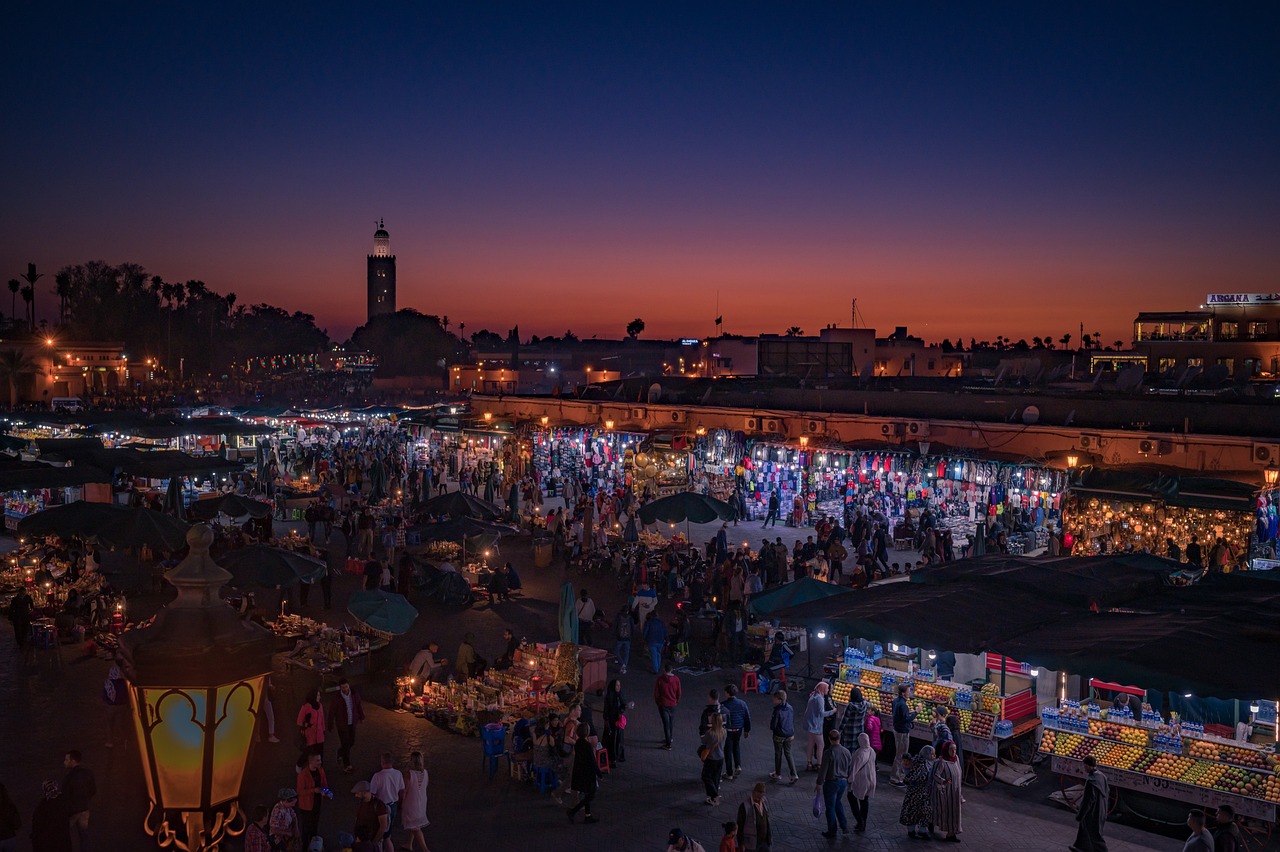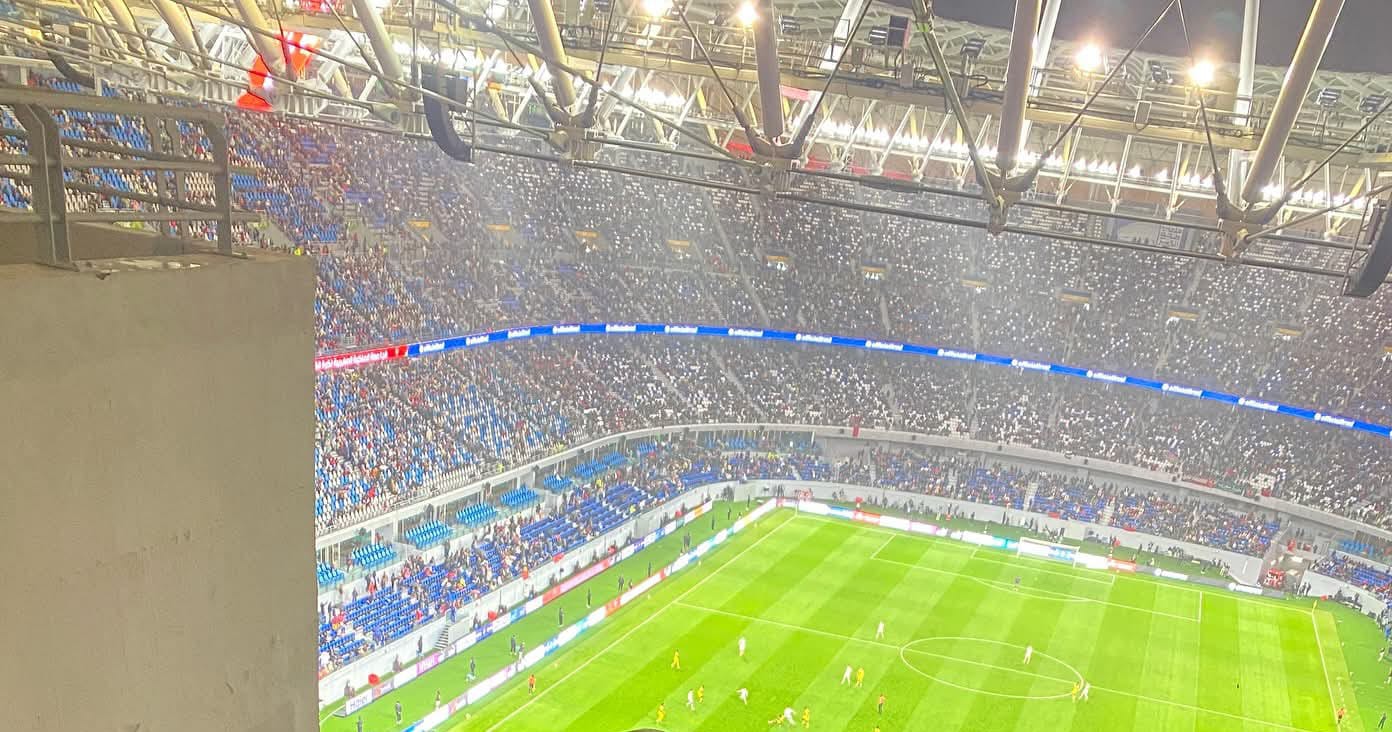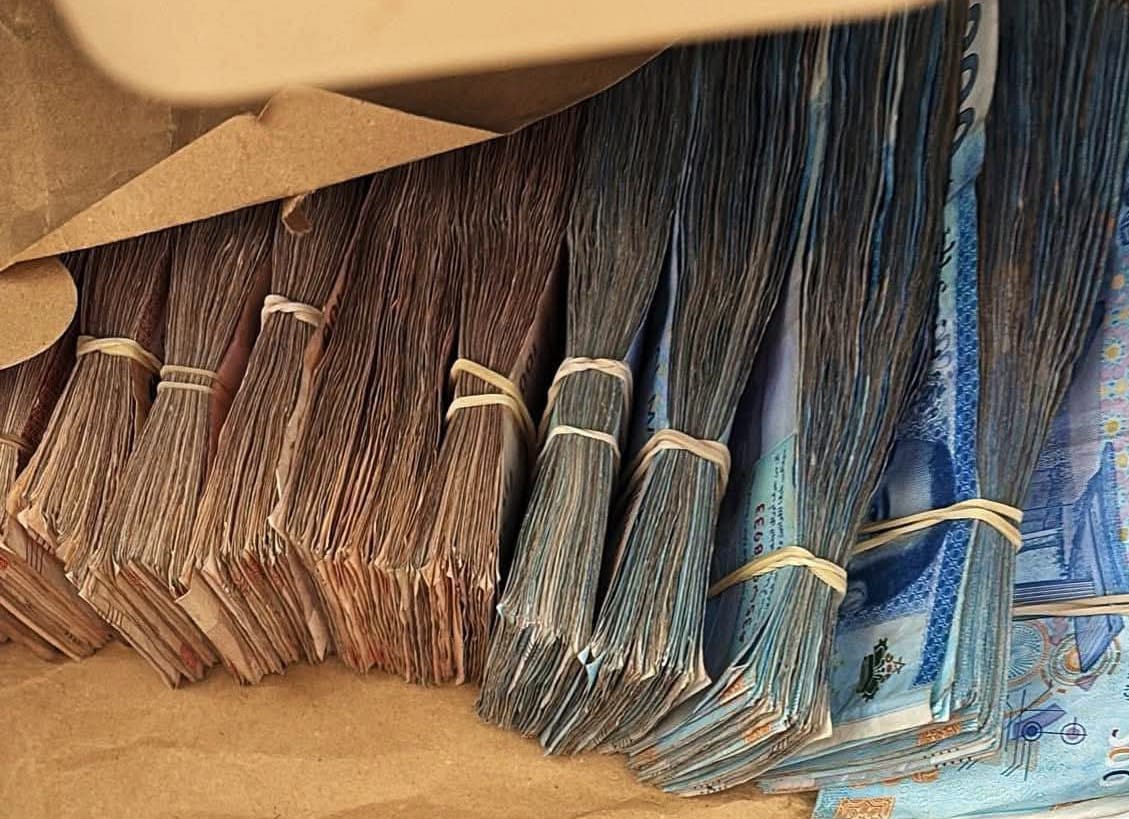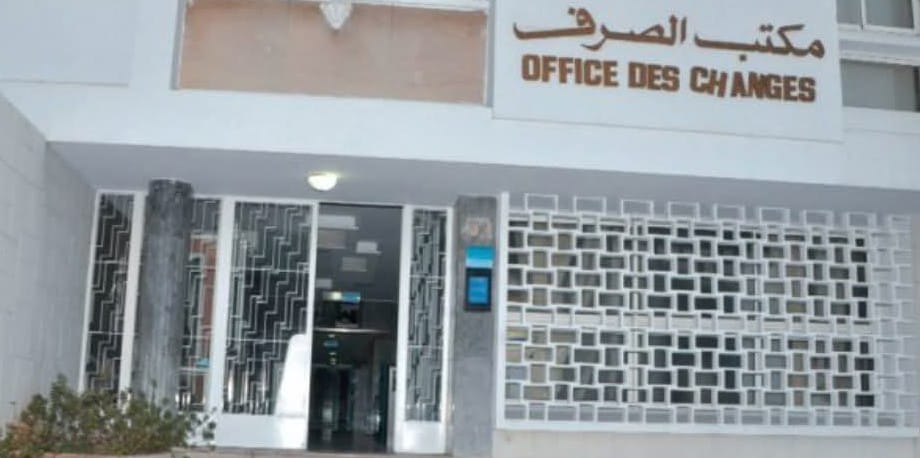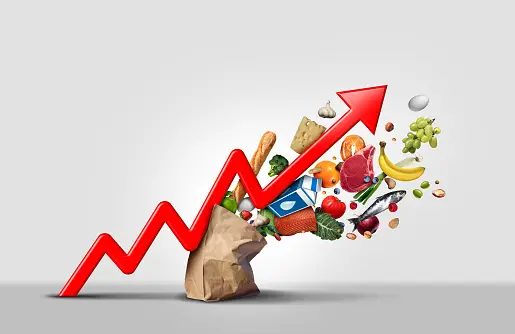Casablanca – In June 2025, Morocco became Spain’s leading customer for natural gas, underscoring the kingdom’s rising role in Mediterranean energy dynamics and its determination to secure reliable supplies amid global uncertainty.
Figures released by Spain’s Strategic Petroleum Products Reserves Corporation (Cores) show that Morocco imported 858 gigawatt hours (GWh) during the month, accounting for 35.5% of Spanish gas exports. France, traditionally a top buyer, trailed far behind with 354 GWh, or 14.6%.
This dominance is not limited to a single month. On a rolling twelve-month basis, Spain’s gas exports amounted to 41,181 GWh, a year-on-year drop of 17.1%. Yet within this shrinking export market, Morocco has steadily gained ground. In 2024, Rabat had already overtaken Paris, with imports of 9,703 GWh compared with France’s 9,362 GWh.
Spanish exports under pressure
Spain’s overall gas exports in June reached 2,415 GWh, representing a steep 40% decline compared with June 2024. Deliveries by pipeline made up 52.1% of the total, while liquefied natural gas (LNG) shipments accounted for 47.9%. This balance highlights Spain’s dual approach, relying both on fixed infrastructure and maritime deliveries to sustain its position as a European hub.
The drop in exports contrasts with modest growth on the import side. Spain imported 25,173 GWh of gas in June, up 3.7% year-on-year, thanks largely to a 19% rise in LNG arrivals. Pipeline imports, by contrast, fell 20.8%, signaling a structural shift in sourcing patterns. Over twelve months, imports reached 310,990 GWh, down 2.3% compared with the previous year.
Geographically, Spain’s supply network continues to diversify. Deliveries from Central and South America surged by 93.6%, while imports from North America grew 26.1% and those from Africa rose 18.9%. Imports from Europe and Eurasia collapsed by 57.2%, while none arrived from Asia-Pacific or the Middle East. Algeria remained Spain’s largest supplier with 12,038 GWh in June (43.6% of the total), followed by the United States with 4,134 GWh (15%) and Russia with 3,268 GWh (11.8%).
Morocco’s strategic positioning
For Morocco, reliance on Spanish gas is part of a broader effort to stabilize energy imports and reduce exposure to global volatility. The country has turned the Maghreb-Europe pipeline (GME) into a reverse-flow lifeline. Originally designed to carry Algerian gas northward into Europe, the pipeline now channels regasified LNG southward into Morocco after arriving at Spain’s terminals. Much of this LNG is sourced from the United States, underscoring the global dimension of this arrangement.
This logistical setup allows Spain to reinforce its role as a redistribution hub while offering Morocco stable, flexible supply routes. It also reflects Rabat’s diversification strategy, which includes plans for a floating regasification unit at Nador West Med. Once operational, the facility is expected to provide additional import capacity and greater resilience in case of market disruptions.
Gas as a bridge in Morocco’s transition
Natural gas plays a crucial role in Morocco’s long-term energy policy. The kingdom aims to generate 52% of its electricity from renewable sources by 2030, with major projects in solar and wind already under way. Gas is seen as a transitional fuel, providing backup capacity to ensure grid stability while the renewable share expands.
This strategy not only secures Morocco’s energy mix but also positions the country as a significant player in regional cooperation. By anchoring its imports to Spain’s infrastructure while scaling up renewables, Rabat seeks to balance immediate security needs with its broader sustainability agenda.
Regional implications
The growing gas trade between Spain and Morocco also carries geopolitical weight. For Spain, Morocco’s emergence as its top customer consolidates its ambition to act as a Mediterranean energy hub, leveraging advanced regasification facilities—six of the most modern in Europe—and strong interconnection networks. For Morocco, the relationship reinforces ties with a key European partner while diversifying away from sole dependence on Algerian supplies, which have been complicated by political tensions.
At the same time, Algeria continues to dominate as Spain’s top supplier, covering nearly half of Madrid’s needs. This triangular dynamic—Spain importing heavily from Algeria and exporting significantly to Morocco—illustrates the complexity of energy flows in the western Mediterranean, where infrastructure, markets, and politics intersect.
Outlook
The data from June 2025 confirms a shift in Mediterranean gas flows, with Morocco firmly established as Spain’s leading export destination. While overall Spanish exports are declining, Rabat’s reliance on Iberian supplies is deepening, supported by infrastructure and a shared interest in stable trade.
If current trends persist, Morocco’s role could reshape regional energy cooperation. By securing its imports while accelerating renewables, the kingdom is carving out a central position in the evolving Euro-Mediterranean energy architecture. For Spain, the arrangement strengthens its hub status, allowing it to manage both Atlantic LNG arrivals and Mediterranean distribution.
In a volatile global environment, this partnership highlights how geography, infrastructure, and strategy can combine to create new patterns of interdependence. Morocco’s rise as Spain’s top gas client may prove to be more than a short-term development—it could signal the start of a lasting realignment in the region’s energy map.
